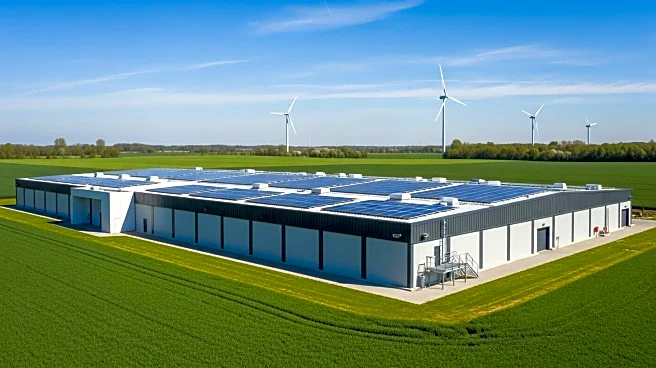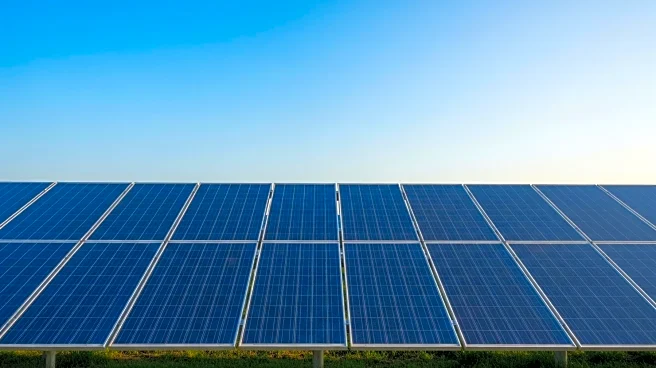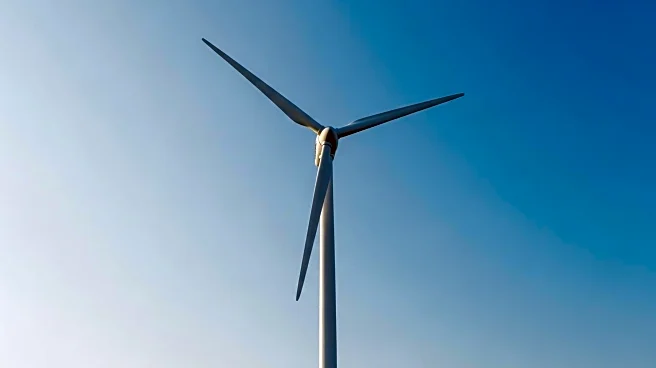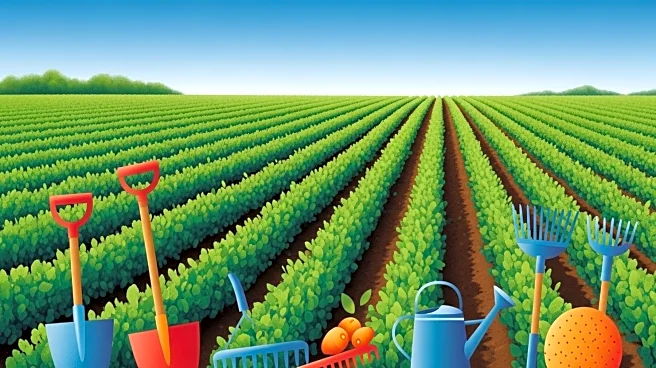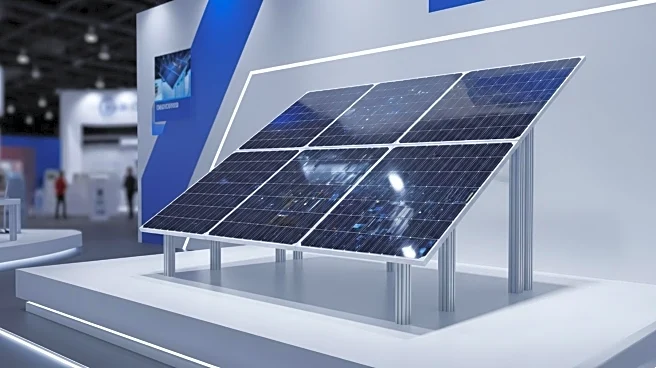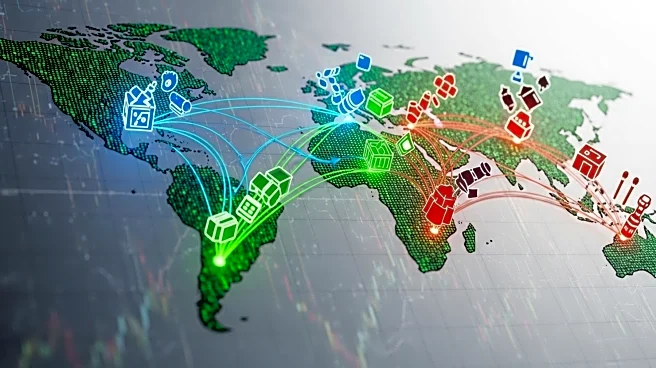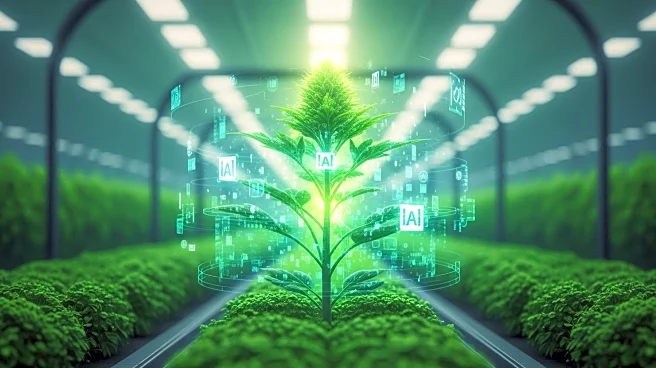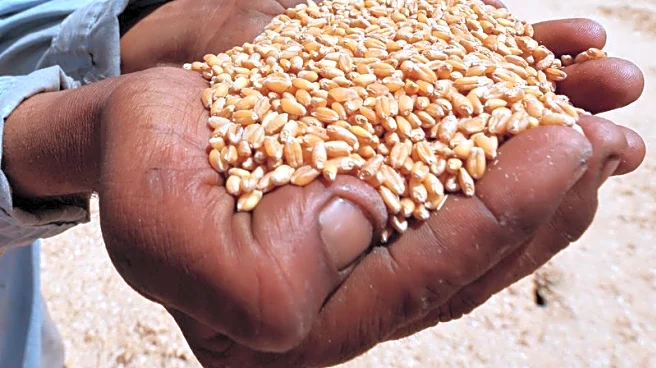What is the story about?
What's Happening?
The global population is projected to exceed 8.5 billion by 2030, increasing the demand for sustainable agricultural practices. In response, bioagriculture storage and cold storage infrastructure, supported by government subsidies, are being implemented to reduce post-harvest losses and enhance farmer income stability. These initiatives aim to preserve nutritional quality, reduce carbon footprints, and improve the resilience of the global food system. Cold storage technology, particularly in India, is crucial for maintaining the quality of perishable commodities like fruits, vegetables, dairy, and meat. Government programs offer subsidies to lower initial investment costs for farmers and prioritize eco-friendly storage models. These efforts are part of a broader strategy to align agricultural infrastructure with global climate and food security goals.
Why It's Important?
The implementation of bioagriculture storage and cold storage subsidies is significant for several reasons. Firstly, it addresses the issue of food waste, which is a major concern in countries like India, where 30-40% of fruits and vegetables perish post-harvest due to inadequate storage. By improving storage solutions, these initiatives help stabilize farmer incomes by reducing distress sales and enabling farmers to wait for optimal market prices. Additionally, these programs support environmental sustainability by minimizing carbon emissions and energy inefficiency. The integration of bio-based materials and renewable energy sources in storage facilities further contributes to reducing the environmental impact. Overall, these developments are crucial for enhancing food security, supporting rural economic growth, and achieving climate goals.
What's Next?
Looking ahead, the continued expansion of cold storage infrastructure and bioagriculture storage solutions is expected to further transform agricultural practices. Governments and stakeholders are likely to focus on increasing accessibility to these technologies, particularly for smallholder farmers. The adoption of digital tools and real-time monitoring systems will play a key role in optimizing storage usage and improving supply chain traceability. Additionally, the integration of circular economy approaches, such as reusing agricultural residues for insulation and composting bio-packaging, will become more prevalent. These advancements will not only improve food quality and reduce waste but also enhance the economic stability of farming communities and support global climate initiatives.
Beyond the Headlines
Beyond the immediate benefits, the shift towards sustainable storage solutions has deeper implications for the agricultural sector. It encourages the adoption of environmentally friendly practices and reduces dependency on synthetic chemicals, which can have harmful residues. The focus on bioagriculture storage also supports a circular economy by reusing agricultural by-products and minimizing waste. Furthermore, these initiatives promote digital traceability and premium branding, which can fetch higher prices for farmers and assure consumers of product origin and safety. As these practices become mainstream, they will contribute to a more resilient and sustainable global food system.
AI Generated Content
Do you find this article useful?
